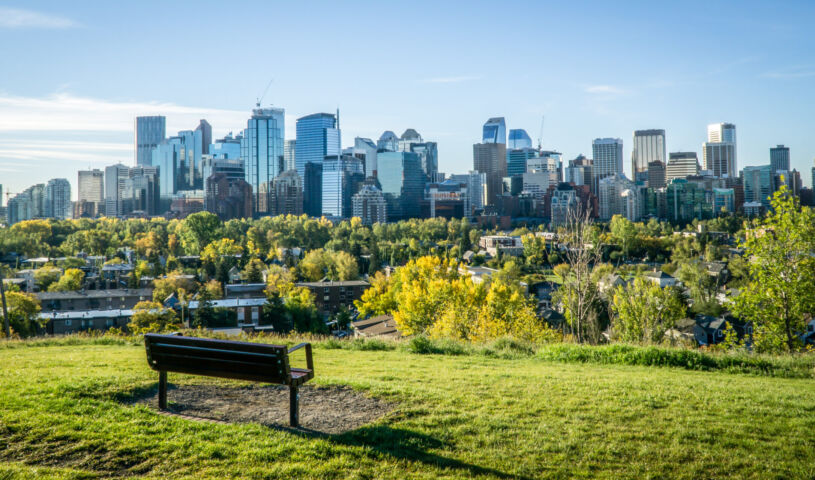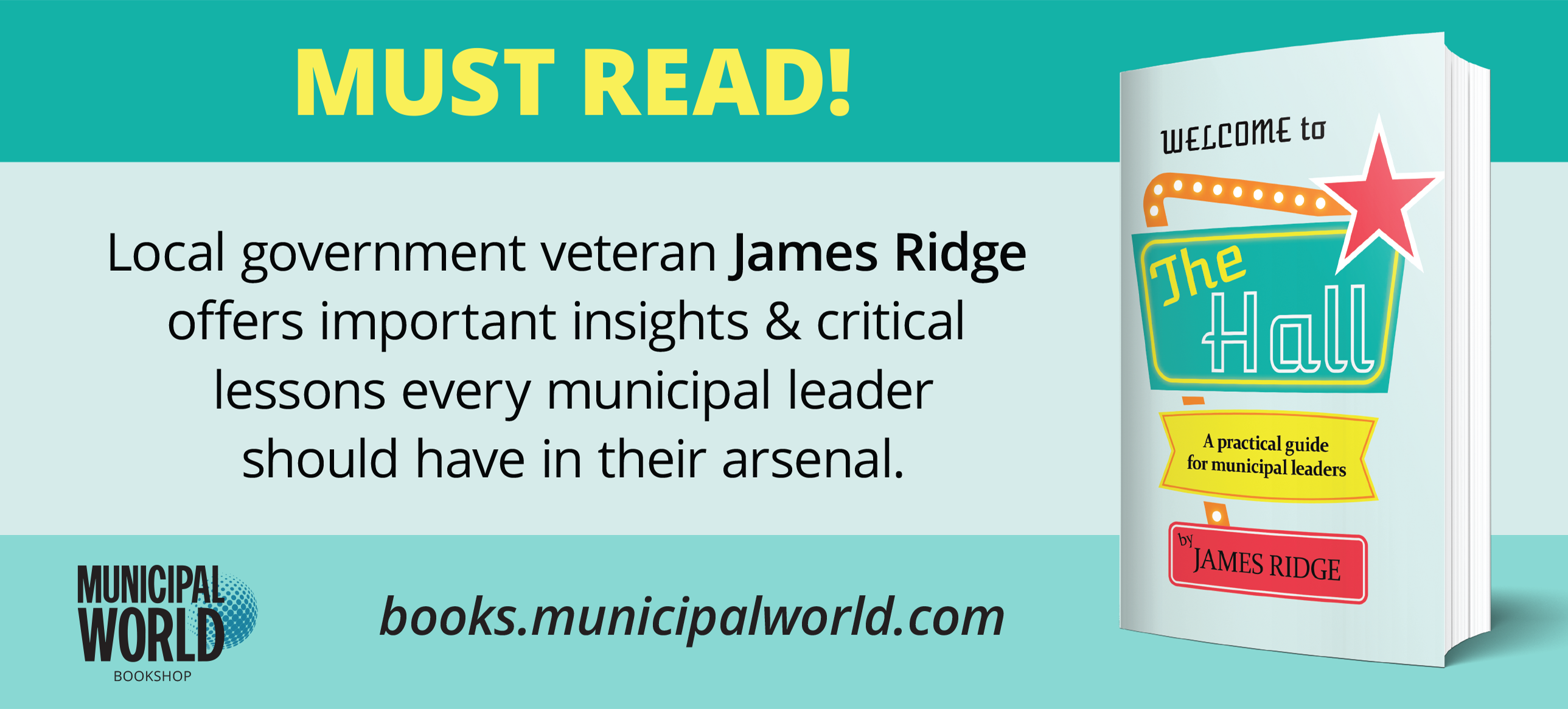Why municipalities need protected areas
 Few municipalities are actively trying to contribute to Canada’s 30x30 target to protect 30 per cent of our lands and waters by 2030. Nature Canada has joined forces with others in a campaign to do just that. Photo: Nature Canada
Few municipalities are actively trying to contribute to Canada’s 30x30 target to protect 30 per cent of our lands and waters by 2030. Nature Canada has joined forces with others in a campaign to do just that. Photo: Nature Canada
When we think about creating protected areas, we often think big – and remote. A protected area like a national park belongs in the middle of nowhere, the conventional wisdom goes, “Where the hand of man has never set foot,” to borrow Samuel Goldwyn’s line.
But we also need protected areas where people are in urban or “peri-urban” regions. Municipalities (especially in southern Canada) are home to some of the greatest biodiversity in the country, yet urban and peri-urban conservation spaces are poorly represented in Canada’s inventory of protected areas. And, few municipalities are actively trying to contribute to Canada’s 30×30 target to protect 30 per cent of our lands and waters by 2030.
That’s why Nature Canada has joined forces with the Alliance of Canadian Land Trusts (ACLT), BC Nature, Ontario Nature, and Wildlands League in a campaign to encourage municipalities to create protected areas within their boundaries and contribute to the 30×30 target.
The Municipal Protected Areas Coalition will support at least eight municipalities across Canada who want to recognize or increase their protected areas. As part of that effort, a toolkit and best practices will be developed to help these municipalities (and future ones) achieve their goals.
The more nature a city has, the easier it breathes.
Big-horizon Conservation, a Piecemeal Approach
Canada has big aspirations when it comes to protected areas. The commitment has been made to protecting 30 per cent of land, water, and marine areas by 2030, in order to respond to two of the planet’s largest environmental threats: climate change and biodiversity loss. Municipalities are key players in this goal because they can bring this broad national concept to their local conservation areas – the spaces that people know, love, and want to protect.
There are two main kinds of areas that could be included in the 30×30 inventory of protected areas:
- Protected areas proper – Spaces that are dedicated and managed to achieve long-term conservation of nature. An example is an urban park or municipal conservation area.
- Other effective area-based conservation measures (OECM) – Spaces governed and managed in ways that protect biodiversity even if their primary purpose is not nature conservation. An example could be a low-impact recreational space in a municipality.
Areas to be conserved under this national framework must meet the following eligibility criteria:
- have clearly defined geographic boundaries
- achieve in-situ conservation of biodiversity
- prohibit actions incompatible with conservation
- be intended to be protected in perpetuity
Sites that meet these criteria can either be designated a Protected Area, if the primary purpose is conservation, or a OECM, if the primary purpose is not conservation but still provides conservation outcomes.
As of the end of 2022, Canada had protected 13.6 per cent of land. When it comes to achieving 30×30, there is a lot of work to be done – which is why everybody, especially municipalities, must be on board.
Municipalities in the Vanguard
The role of municipalities in protecting nature got a big boost at COP15, the United Nations biodiversity conference held in December 2022 in Montreal.
In the lead-up to the conference, the hosting city issued the Montreal Pledge, which invited cities from all over the world to make a commitment to biodiversity. The pledge commits cities to 15 actions such as integrating biodiversity into territorial and regulatory planning, increasing the amount of green and blue spaces, and improving equitable access to them.
Nature Canada already has a strong working relationship with municipalities through national campaigns such as Bird Friendly Cities, Naturehood, and Nature-Based Climate Solutions. Many cities and towns, once they’re given the right tools, are highly motivated to take action on protecting nature. The coalition is ready to help municipalities in their quest to be recognized as contributors to the national movement of 30×30.
And municipalities are stepping up.
In Southern Ontario, over 12,000 hectares of protected areas have been recently accepted into the database as well. In this case, the coalition partner was Ontario Nature, and the effort was spearheaded by three municipalities and one conservation authority – Dufferin County, the cities of Brampton and Guelph, and the Quinte Conservation Authority. The near-urban protected areas provide corridors and rest-stops for wildlife while helping offset flood risks, reducing heat island effects, and enhancing climate resilience. And of course, they offer a wonderful nature escape for residents.
Baby Steps Lead to Results
Protected areas within municipalities may not necessarily take in huge swaths of wilderness, as national parks do, but small parcels can add up quickly. What’s important now is to start municipalities along the path towards 30×30.
In the words of Scott Mullenix, director of communications at Nature Canada, “Baby steps can make big footprints.” It’s time to ensure that the hard work of municipalities in protecting nature can contribute to a national effort.
Here are some actions that municipalities can take:
- Endorse the Montreal Pledge.
- Make a commitment to supporting the 30×30 conservation target.
- Request a member of our Municipal Protected Areas Coalition to provide a delegation to your council.
- Establish a municipal environmental advisory committee.
- Ask for support from one of the organizations in our coalition to achieve your 30×30 target.
- Engage with local First Nations and other important stakeholders to achieve ambitious, shared conservation goals.
- Assess lands for eligibility as Protected Areas or Other Effective Conservation Areas.
- Develop strong conservation mechanisms to protect your natural spaces.
- Protect new lands, often in partnership with organizations in the coalition’s network.
- Work with the coalition’s network to build up local biodiversity conservation data and understanding.
For more information, visit Nature Canada’s page on Municipal Protected Areas, and contact Nature Canada if you know of a local area that could be protected.
✯ Municipal World Executive and Essentials Plus Members: You might also be interested in Sarah Munro’s article: Fearless leaders embracing conflict to embrace urban parks.
Jamieson Findlay is storyteller and grant writer at Nature Canada.
Related resource materials:



